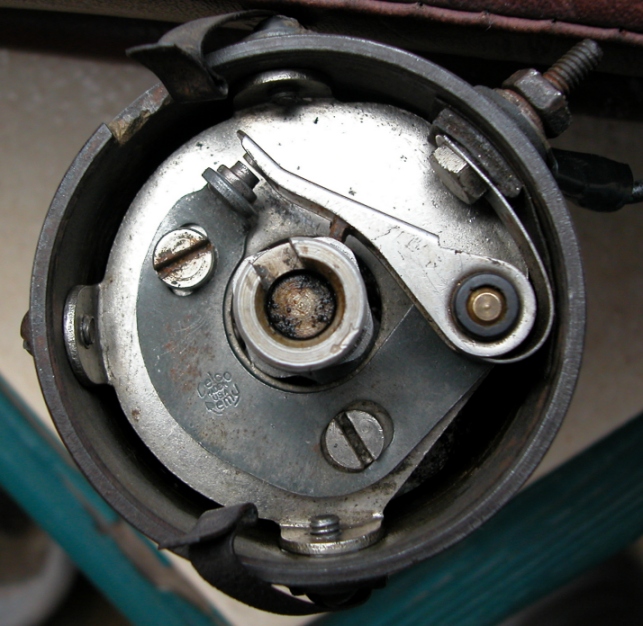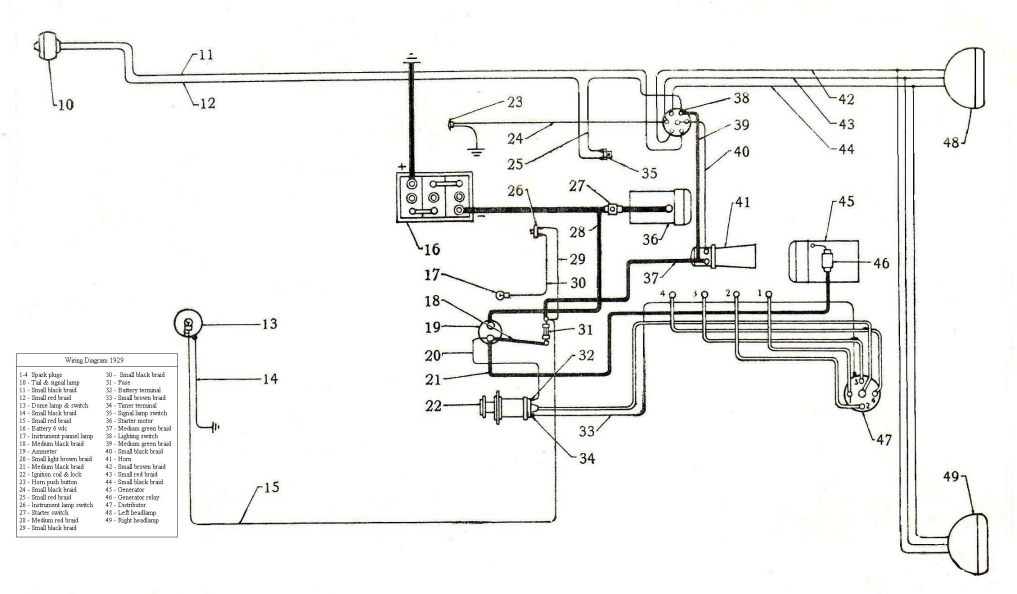Quote from: Roland on April 16, 2014, 03:22:34 PM
PS: Chet, I did a complete restoration on the Engine, so it should be mechanically okay.
Roland,
Happy Easter to you also. In your first post you said the engine misfires. Based on you statement about the rebuild could you have a bad distributor coil ? Is the misfire occasional or is it constant and power draining ? How is the vacuum, is it reasonably steady ? Does it misfire at idle ? Bad wires or arcing in the distributor cap ? Why do you suspect carburation ?
Just curious,
Chet...



 Using it to tune the carb mixture sounds good to me.
Using it to tune the carb mixture sounds good to me.